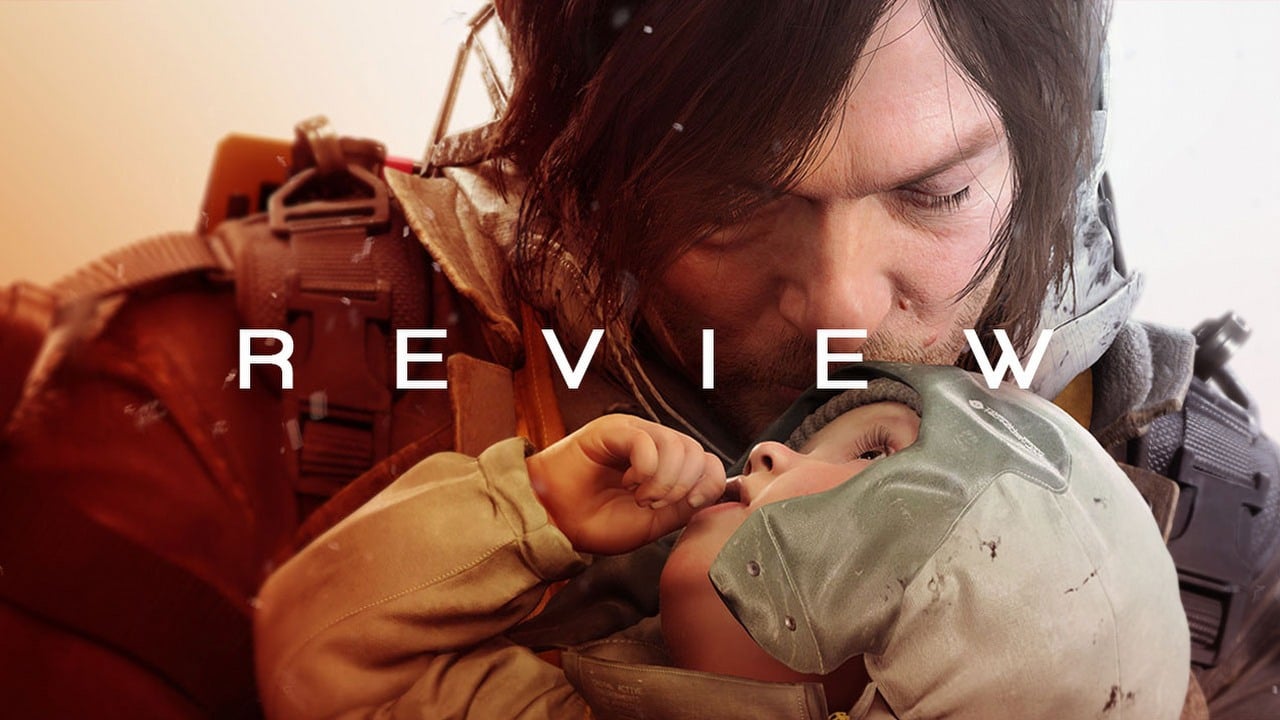
Death Stranding 2: On the Shore explores the universe of its eerily distinctive world further, delving deeper into its central themes such as isolation, bonding among humans, and duty. The gameplay has been polished and expanded to create a more balanced and inclusive experience for players across various skill levels. Moreover, if you appreciate Hideo Kojima’s signature quirkiness, get ready for an array of celebrity appearances, enigmatic references, and a generous dose of the eccentricities that make this game more cinematic, stranger, and yes, even more akin to Metal Gear than its predecessor.
In spite of all the enhancements and expansions, Death Stranding 2 maintains its unique character. At its core, it’s still about a man named Sam Porter Bridges transporting packages through a shattered world. However, in this iteration, the deliveries hold more profound emotional and global importance, intertwined with a series of subplots that intensify the risks and perils. This follow-up doesn’t merely expand upon what made the original game exceptional; it heightens those elements, offering an experience that feels both comfortingly familiar and excitingly novel.
Connecting the World Through Deliveries
In the wake of the happenings from the initial game, the story of DS2 commences as Sam emerges from his self-enforced isolation to collaborate with Fragile’s freshly formed group, Drawbridge. Their objective? To link Mexico and Australia to the chiral network. Given that it was Sam who played a crucial role in reconnecting America in the original game, he is not only the ideal candidate for the task—he’s the sole individual with prior experience in such endeavors.
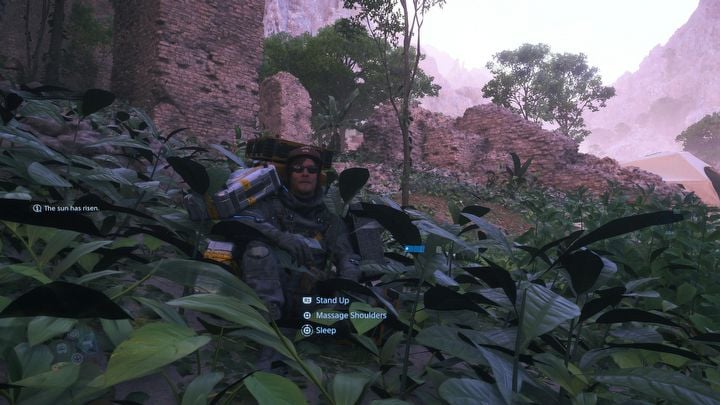
The primary plot serves as the backbone for the game’s storyline, influencing its gameplay mechanics. However, in true Kojima style, there’s a lot more complexity hidden beneath the surface. The narrative can delve into the esoteric, particularly at the start. Scenes and dialogue may sometimes drift into the abstract, making them intriguing yet perplexing based on your level of patience. If you’re new to the series or it’s been a while since you last played the original, the initial stages might leave you bewildered. Fortunately, the game offers a detailed encyclopedia system called Corpus, which you can consult during cutscenes to clarify terms and references. It’s entirely optional but very helpful—though pausing the cinematic flow to check a glossary can feel somewhat disruptive.
Even if you haven’t played any games by Kojima before, it’s not hard to figure out what kind of experience you’re in for: on the outside, it appears to be a typical action game, but beneath the surface lies a rich tapestry of thought-provoking discussions about societal structures, technology, and self-identity. And just like his other games, DS2 delivers on this promise exceptionally well.
The depth of thematic impact in DS2 stems from its innovative and moving exploration of disconnection. This is particularly evident in the diverse side missions scattered across Australia. In these stories, you might find yourself fighting to save wildlife from bushfires, or journeying through challenging Mexican landscapes to bring medicine to a woman in labor far from civilization. These poignant, human moments—often heartrending and small in scale—are instrumental in making the game world feel authentic. Characters who may initially seem insignificant can leave a profound impact on players.
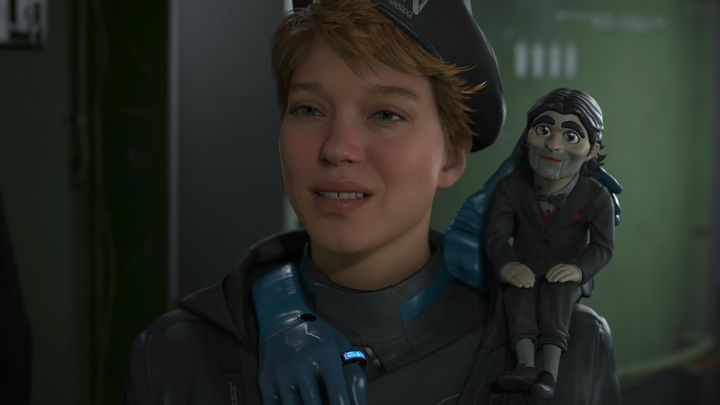
The game intertwines multiple storylines deftly, forming an integral part of your adventure is connecting Australia’s isolated colonies to the chiral network. During this quest, you’ll encounter familiar characters as well as fresh challenges, such as a recurring adversary and a cryptic new foe called ghost mechs. Additionally, the BTs continue to lurk menacingly throughout the world, contributing to an ominous, perilous environment that feels vibrant and unforeseeable.
Going Beyond Deliveries
In terms of gameplay, DS2 maintains the fundamental mechanics from its predecessor: Sam continues to be a porter, responsible for transporting essential items across treacherous landscapes. Success in deliveries relies heavily on understanding and applying the game’s physics, which includes managing your load, strategizing routes, and maintaining balance to avoid falls or encounters that might jeopardize your cargo.
In DS2, a variety of fresh tools and equipment are introduced to keep gameplay engaging. A tranquilizer gun allows for quieter enemy encounters, while other devices such as the bola gun promote stealthy strategies. The game no longer solely focuses on delivery missions; instead, you’ll infiltrate enemy bases, dodge BT ambushes, and navigate through stealth segments reminiscent of MGS, where timing and cover are crucial. To familiarize yourself with these new elements, you can also complete entertaining VR missions to get a sense of the various methods for defeating your opponents.
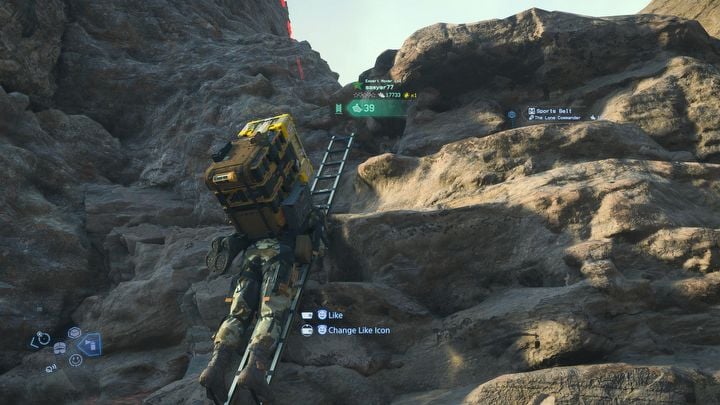
As a gaming enthusiast, I can’t help but appreciate the grandeur of the boss battles. These epic encounters typically place me against colossal adversaries, each with unique movesets and vulnerable spots. Although the pattern often revolves around “dodge, attack, repeat”, the spectacle of each fight is nothing short of breathtaking, both visually and mechanically.
For those who might not fancy battling a boss ten times over, the game thoughtfully provides an option to “fake victory” and move forward – a humorous yet beneficial accessibility feature that’s distinctly Kojima. This allows players to concentrate more on the narrative, making for a smoother gaming experience.
- Various new goodies and gameplay options that improve on the original;
- varied, fun missions that go beyond just delivering package;
- boss battles are breathtaking;
- one of the most beautiful and photorealistic games you’ll play.
CONS:
- Philosophical, esoteric themes can make for a confusing opening experience;
- lots of terminology to learn or to forget.
Alone But Less Lonely
Discovering Australia in this playthrough seems livelier than ever, owing to the reintroduction of an asynchronous multiplayer feature. Other gamers can construct helpful facilities such as roads, bridges, and charging stations before you, making your journey easier. This mechanic beautifully underscores the game’s core message: despite feelings of isolation, you’re never truly alone in this world.
During this trip, Sam is joined by a unique companion – Dollman, a spirit connected to a puppet. This puppet serves dual purposes: friend and storyteller. Not only does Dollman share a resemblance with Turkish film director Fatih Akin, but he also assumes the role of your guide, providing insights on actions to take or thoughts to consider during specific scenarios. As Sam remains the quiet, stoic type, Dollman serves as his voice, expressing emotions and thoughts that Sam usually keeps hidden.
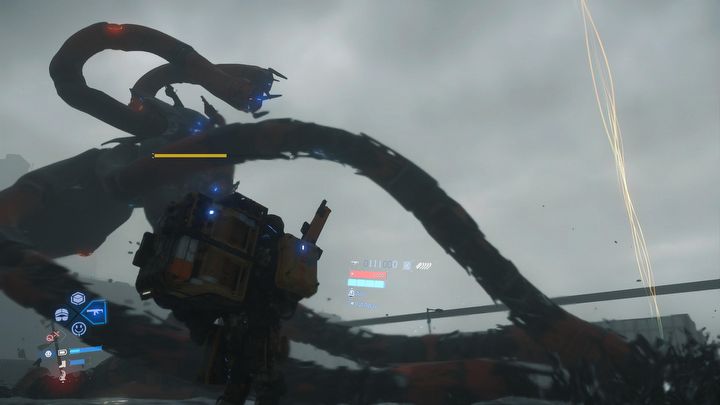
Following each mission, you’ll find yourself back at your home base, the colossal DHV Magellan – a subterranean vessel that effortlessly navigates tar and serves as the Drawbridge crew’s command center. It’s not just a central location; it provides a pause in the action, allowing you to delve into the intricate personal histories of your fellow crew members. One such character is Rainy, who carries a mysterious aura due to her unique ability to summon the perilous timefall rain whenever she steps outside. The sequel, DS2, further develops these abilities from the original game, introducing some truly innovative concepts that enchant an already captivating sci-fi environment.
Final Thoughts
As you explore the empty expanses of Australia, there’s a unique tranquility that envelops you. Whether you walk or drive, the game presents quiet instances for contemplation, often made more poignant by songs that perfectly encapsulate the solitude and splendor of the trip. These peaceful intervals, coupled with player-created landmarks along your route, foster a sense of belonging to a larger, unspoken group—one that’s gradually, significantly rekindling connections.
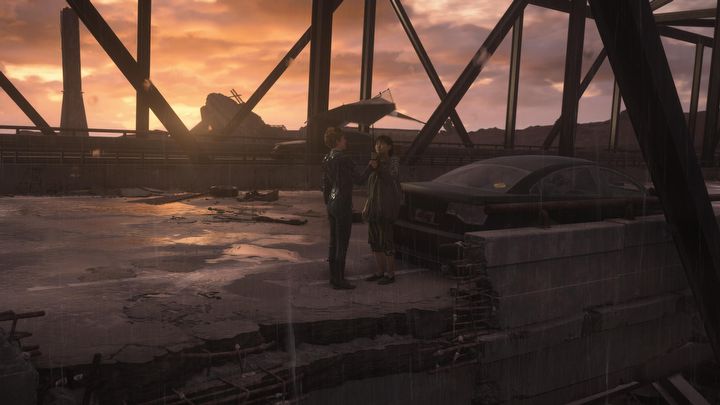
In the revised version of Death Stranding, you’ll find enhancements on all aspects that made the original standout. You can expect advanced tools, more engaging missions with greater complexity, and a narrative that is deeper and thought-provoking, accompanied by stunning visuals and philosophical substance. With its photorealistic acting and expansive world, it delivers an immersive experience that seamlessly blends the lines between film and game.
The game can be quite puzzling at times, but it also provides an engaging, thoughtful journey filled with striking moments, intelligent mechanics, and powerful emotional peaks. It’s peculiar, beautiful, complex—and it ranks among Kojima’s finest creations, a truly deserving sequel to the original.
Read More
- Who Is Harley Wallace? The Heartbreaking Truth Behind Bring Her Back’s Dedication
- 50 Ankle Break & Score Sound ID Codes for Basketball Zero
- 50 Goal Sound ID Codes for Blue Lock Rivals
- KPop Demon Hunters: Real Ages Revealed?!
- Lottery apologizes after thousands mistakenly told they won millions
- Ultimate AI Limit Beginner’s Guide [Best Stats, Gear, Weapons & More]
- 100 Most-Watched TV Series of 2024-25 Across Streaming, Broadcast and Cable: ‘Squid Game’ Leads This Season’s Rankers
- Basketball Zero Boombox & Music ID Codes – Roblox
- Umamusume: Pretty Derby Support Card Tier List [Release]
- J.K. Rowling isn’t as involved in the Harry Potter series from HBO Max as fans might have expected. The author has clarified what she is doing
2025-07-08 10:02